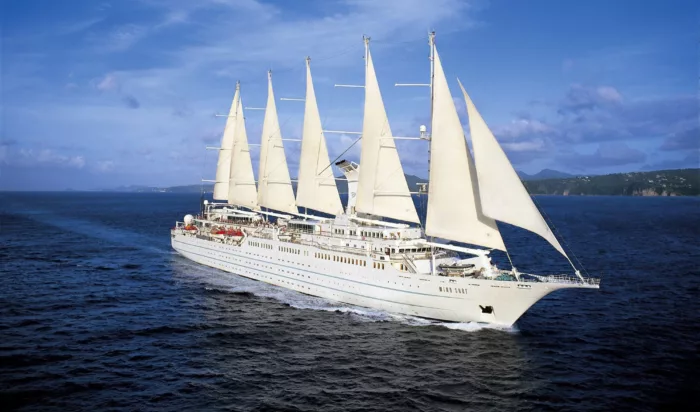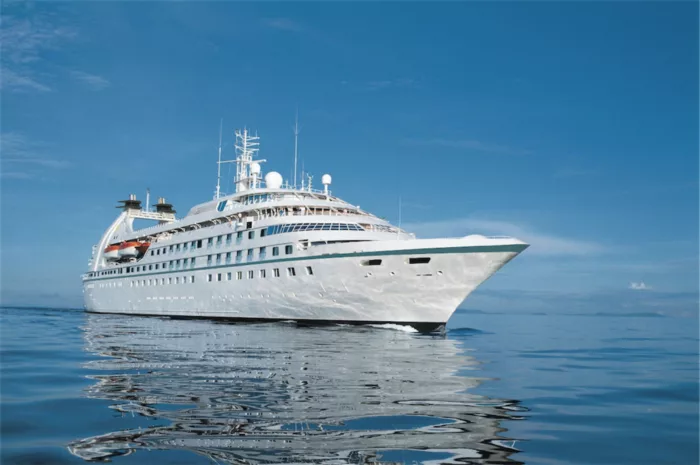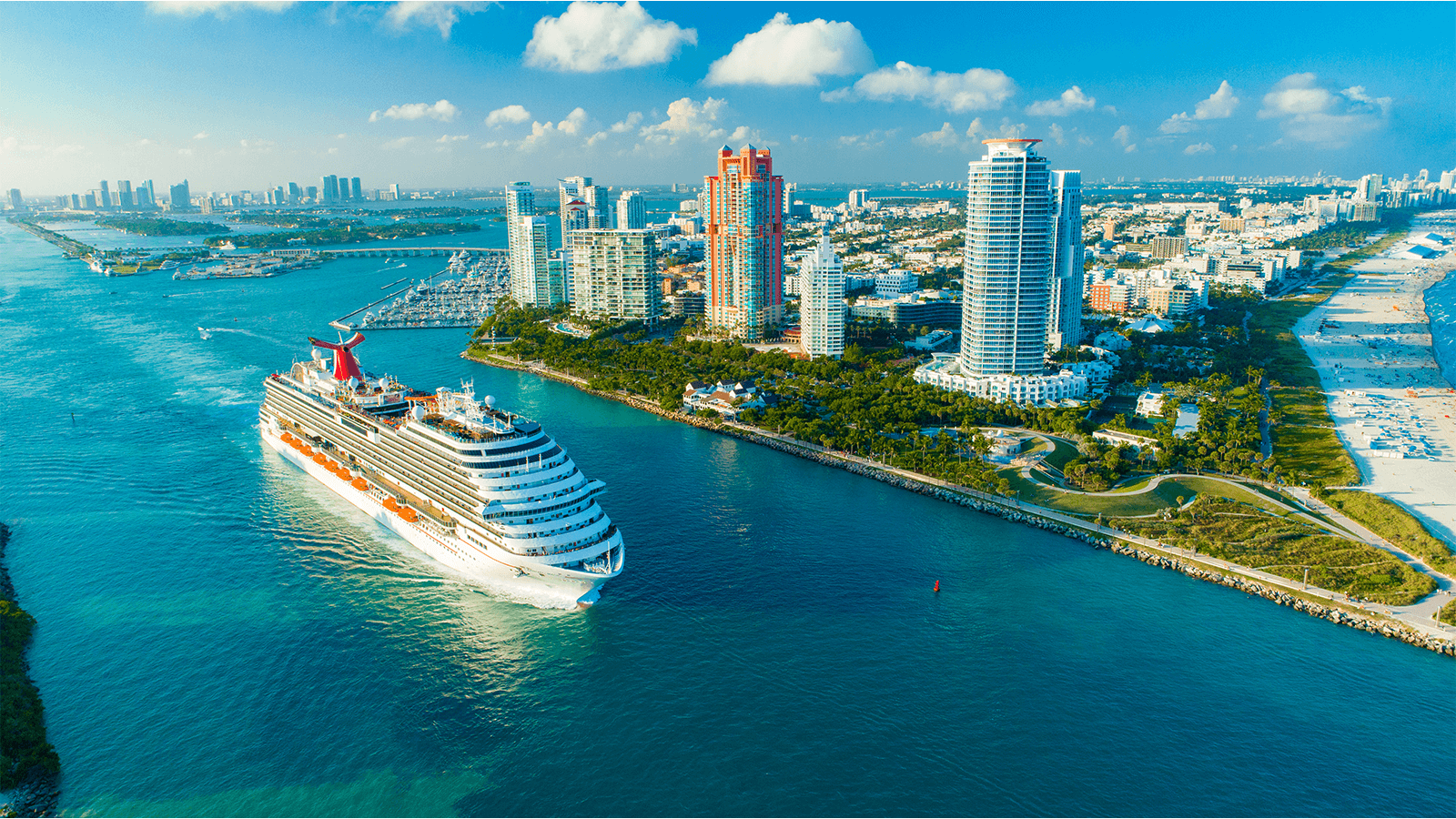Visiting:

Windstar Cruises operates a fleet of small luxury cruise ships. The cruise line has six yachts - three of which are masted sailing ships - and offers laid-back luxury with a tinge of historic seafaring adventure.
Wind Star and Wind Spirit each carry 148 guests, whereas Wind Surf carries 342. 'Power yachts' Star Pride, Star Breeze and Star Legend all carry 312 passengers. It's a unique experience, by all means!

















On any day, our 342-guest flagship, Wind Surf, the world’s largest sailing ship, draws admiring glances as she glides majestically into port with her tall sails billowing. And her beauty is far more than skin deep. During their cruise, you will find the perfect setting for ‘making an entrance’ in the beautiful reception area – and, appropriately, that’s only the beginning.














